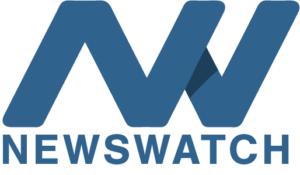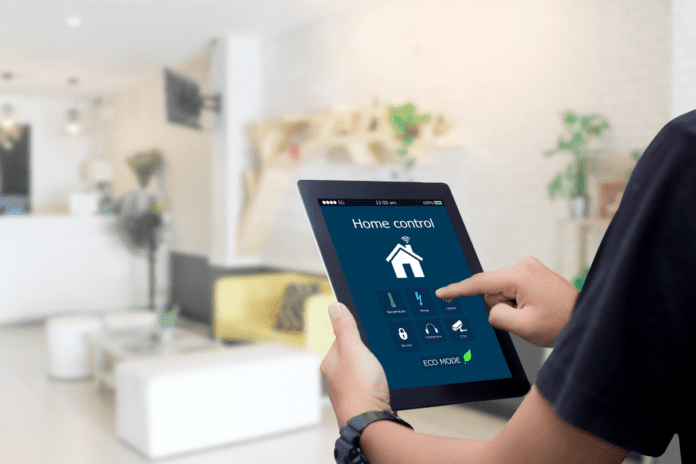By Bryan Tropeano
The once-explosive growth of the smart home industry appears to be entering a cooling-off phase in 2025. After years of rapid adoption fueled by tech innovation, lower device prices, and pandemic-driven demand, the market is showing signs of stabilization. While smart homes are far from going out of style, consumer enthusiasm is beginning to level off as homeowners become more selective about the devices they bring into their living spaces.
The End of the “Buy Everything Smart” Era
In the past, smart home devices were all the rage. Consumers rushed to outfit their homes with connected doorbells, voice-controlled lighting, Wi-Fi-enabled appliances, and app-integrated security systems. The mindset was often “the more, the better.” But in 2025, that mindset is shifting.
Instead of adopting every available smart gadget, consumers are now taking a more practical approach. They’re asking: Does this device really improve my life? As a result, lower-priority items like smart kettles, connected air fresheners, and app-controlled pet feeders are falling out of favor.
Privacy and Subscription Fatigue Set In
Two key concerns appear to be contributing to the smart home slowdown: privacy and recurring costs.
With each new smart device added to a home, the complexity of managing personal data grows. Consumers have become increasingly aware that many of these gadgets collect usage data, location information, and even audio or video. Growing discomfort around how this data is stored and shared has led some homeowners to scale back or avoid expanding their setups altogether.
Additionally, subscription fatigue is setting in. Many popular devices, from security cameras to cloud-connected storage hubs, now require ongoing monthly fees to unlock full functionality. Consumers are beginning to reevaluate the long-term cost of maintaining a smart home—especially when the initial value doesn’t justify those expenses.
Strong Interest in Essential Devices Remains
Despite the overall cooling trend, not all smart home categories are suffering. Core devices like thermostats, security systems, and lighting solutions continue to perform well. These products offer clear, everyday benefits—energy savings, peace of mind, and convenience—that are easier to justify.
Moreover, integration with broader ecosystems such as Apple Home, Amazon Alexa, and Google Home is making it easier to control a few well-selected devices rather than managing a sprawling tech landscape.
A Shift Toward Quality Over Quantity
What we’re seeing in 2025 is less a collapse and more a market maturing. Early adopters have already outfitted their homes, and late adopters are more cautious and deliberate. The shift is toward quality, interoperability, and long-term reliability—not novelty.
Consumers now expect seamless integration, user-friendly interfaces, and updates that won’t render their devices obsolete after a couple of years. In this climate, companies focusing on these fundamentals are more likely to win over today’s discerning smart home buyer.
Looking Ahead
The smart home isn’t going anywhere, but its future looks more grounded and intentional. The era of explosive growth may be cooling, but this could ultimately be a good thing. A slower pace allows for innovation to catch up with user needs and for more thoughtful, privacy-conscious designs to emerge.
As consumers become savvier, the industry has a clear choice: adapt to new expectations or risk being shut out of the homes they once rushed into.
About the Author: Bryan Tropeano is a senior producer and regular reporter for NewsWatch. He lives in Washington D.C. and loves all things Tech.










